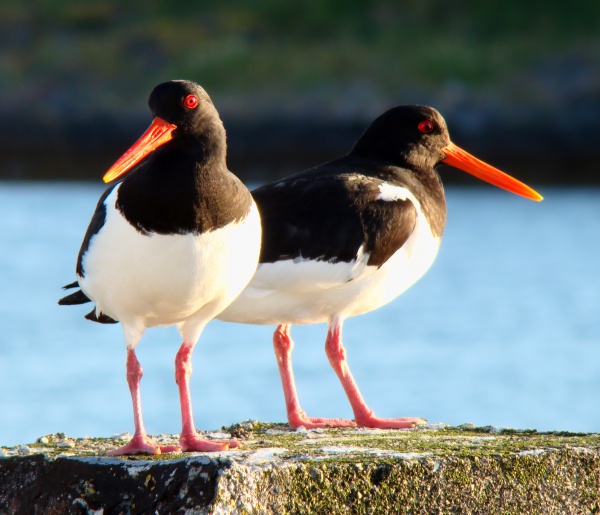Facts About Eurasian oystercatcher
The Eurasian oystercatcher, often simply referred to as the oystercatcher, is a captivating bird known by several names, including the common pied oystercatcher and the palaearctic oystercatcher. It belongs to the Haematopodidae family and is widely distributed across various regions. Three distinct subspecies breed in areas such as Western Europe, Central Eurosiberia, Kamchatka, China, and the western coast of Korea. Intriguingly, the extinct Canary Islands oystercatcher might have been a subspecies or a distinct population of the Eurasian oystercatcher. This bird holds a revered status as the national bird of the Faroe Islands.
As one of the largest waders within its range, the Eurasian oystercatcher is easily recognizable by its striking black and white plumage, vibrant red legs, and robust, broad red bill used for feeding on mollusks and earthworms. Contrary to what its name suggests, oysters are not a significant part of its diet. In flight, it can be identified by the white patches on its wings and tail. There are three subspecies, each exhibiting slight differences in bill shape and coloration.
This bird is migratory, primarily breeding in Northern Europe and wintering in North Africa and Southern Europe. It nests in simple scrapes on pebbles and becomes highly social outside the breeding season. Oystercatchers are key indicators of ecosystem health and have been extensively studied for their foraging habits, making significant contributions to behavioral ecology.
The scientific name, Haematopus ostralegus, encapsulates the bird's feeding habits. The term "oystercatcher" was first used in 1731 to describe its North American relative and eventually supplanted the older name "Sea Pie" in 1843.

 South Sudan
South Sudan